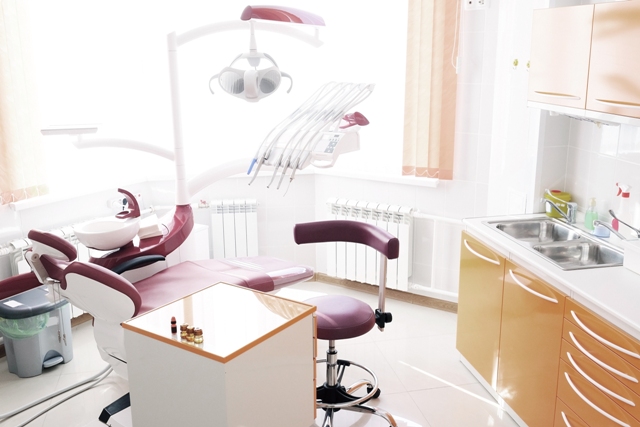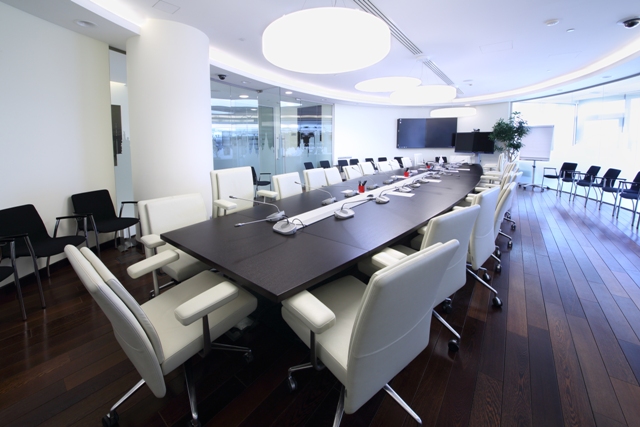Major Types of Lighting used in Hospitals
We have also summarized the most important areas in a hospital that need special focus with respect to lighting. Some of them are as follows.
Operating Rooms
Surgical theatre and operating room environment needs the right kind of lighting, which should be neither dim nor bright, but just enough for the doctors to maintain focus on the task at hand, and to prevent errors. Proper lighting in surgical theatres also helps extend the amount of time required to complete a procedure. Hence, we advise doctors to use high-quality operating room lights so as to save time and cost. This will also ensure better health care for patients and less stress on doctors and staff.
Depending on the surgical procedure, general HDI lighting or fluorescent type lighting, accompanied with various types of LED or halogen bulbs are used in the operating theatres, to enhance focus in the surgery room. One of the most common fixtures for operating rooms is the ceiling mounted style of lighting accompanied with switches near the base.
These lights can be easily moved away when not used, and properly positioned to prevent drifting to keep the light focused on a specific area. Generally, a true white light is used instead of any other color such as blue or yellow since it provides a better visual image. Yellow or blue lights in surgery rooms make it difficult to detect changes in tissue color but white light will provide true color.

Hospital Bed Lighting
Hospital bed lighting should ensure that patients feel comfortable during their stay in the hospital. Lighting that can be self-adjusted by the patients according to their own personal preferences, is always a good option when compared to general room lighting. Patients come with different needs, and appreciate provisions such as an option to dim or shut off the light completely to watch television, read, use the computer or to sleep.
There is a need for energy-efficient hospital bed lighting to reduce overall operational costs of the facility. The multiple lighting option fixtures are definitely going to help reduce costs of having a simple on or off type of hospital bed lighting option. Some of the most commonly used hospital bed fixtures include an energy-saving reading light and a low watt night light. Low light night lights provide enough light for the medical staff; and prevent any disturbance to the patients during sleep.
Hospital bed lighting also includes lights used for patient rooms, hallways, examination rooms and waiting room areas to create a comfortable environment in the healthcare setting. This type of lighting approach is mostly adopted by hospitals or healthcare facilities with long-term patient care, nursing homes to name a few.
Indirect Lighting and Direct Lighting
Overhead lighting that can be adjusted to specific light intensity, while specialized hospital bed lighting in treatment areas should allow for both brighter and dimmer lighting options. Indirect light shines upwards and provides gentle illumination for overall vision in the room; while the direct light shines down onto the patient bed or examination table or area, with greater focus. Direct lighting is needed for nurses, doctors and medical staff as well as patients for reading or other simple tasks.
Conclusion
Although all the lighting types are not used together, it is very important to note that a proper blend of lighting types, results in an inviting and pleasing environment in healthcare spaces. In healthcare spaces, choosing the right lighting is an important element of interior design, given that it is not just an illumination, but a factor that contributes to patients’ recovery.




